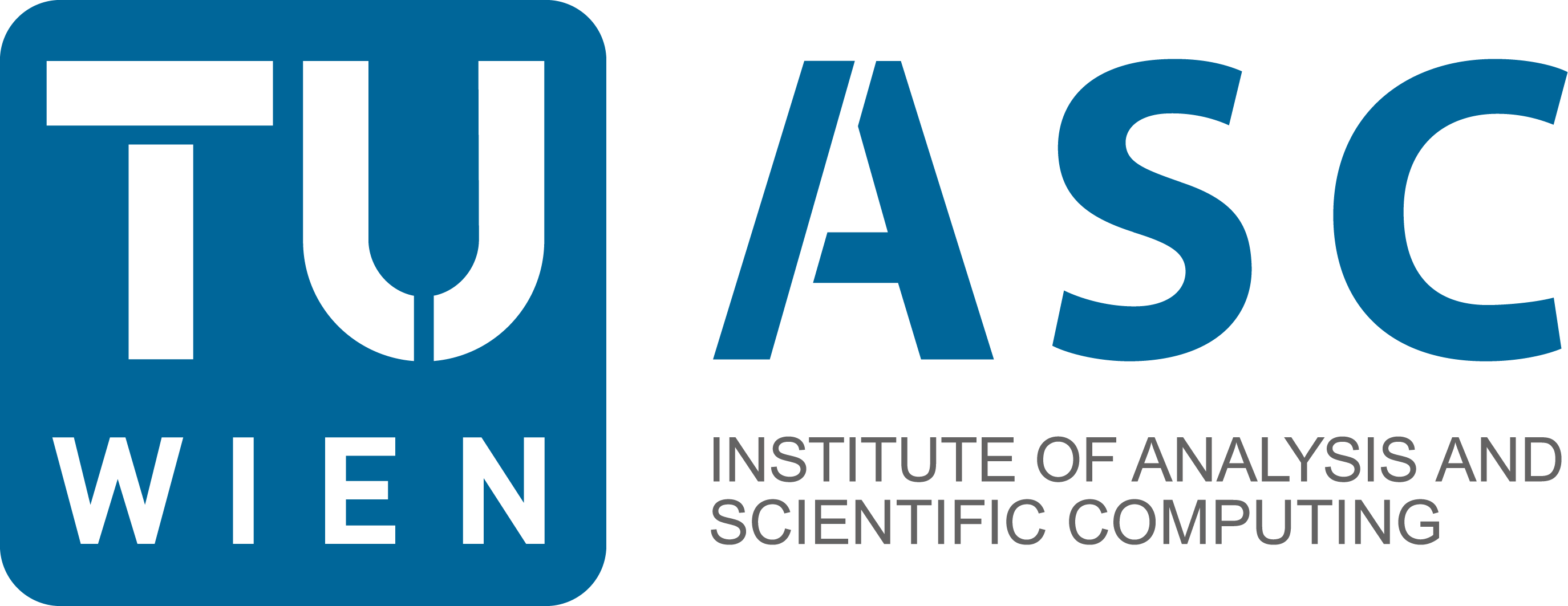2. Clone a project from github#
Git is a popular version control system. It is free and open source.
GitHub is a platform and cloud-based service for software development and version control using Git.
Prerequisites:
install a C++ environment on your computer (e.g. (mingw or msvc) and Visual Studio Code)
install git (available within vs-code as Git Extension Pack)
install cmake (available within vs-code as CMake Tools)
look for project draft ASC-bla
and git-clone it. Either
use vscode ‘source control -> Clone Repository’
git clone <copy git link>
on Windows: …
Now we configure and build the project using cmake. You find a file ‘CMakeLists.txt’ describing the build structure for the project.
Again, vscode is doing the work for you. If you use a terminal, go to the ASC-bla directory and run:
mkdir build
cd build
cmake ..
make
You should have produced an executable ‘test_vector’, try it out.
2.1. Extend ASC-bla in team-work#
You will now add more functionality to ASC-bla. You want to do it in team-work. Form teams by 2-4 students. Go back to github, and register. One of the team will fork ASC-bla (name it as you like), and invites colleagues to the project.
Repeat the steps from before: Clone, configure, build, run
Exercise:
Extend the library by a
Matrixclass and provide the following operations:Matrix-vector product
Matrix-matrix product
Transpose matrix function
Some tests for your classes
Allow to choose between row-major and column-major storage:
enum ORDERING { ColMajor, RowMajor };
template <typename T, ORDERING ORD>
class Matrix {
...
}
push your changes to your github project using either vs-code functionality, or command line instructions as
git add tests/test_matrix.cc src/matrix.h
git commit -m "added matrix class"
git push
The first command add stages your files you want to commit to your local version of the repository. With commit your local changes are taken over. Finally, with push you upload your local commits to the original git repo.
The other team-member can
git fetch
git merge
the contributions. Experiment with changing the same code regions.
Add more advanced features:
Inverse matrix:
Form matrix \(M = (A \; I)\), and perform row manipulations to obtain \(\widetilde M = (I \; A^{-1})\).
Allow to add
Vector<double>to aVector<std::complex<double>>typedef decltype(std::declval<TA>()+std::declval<TB>()) TRES;
